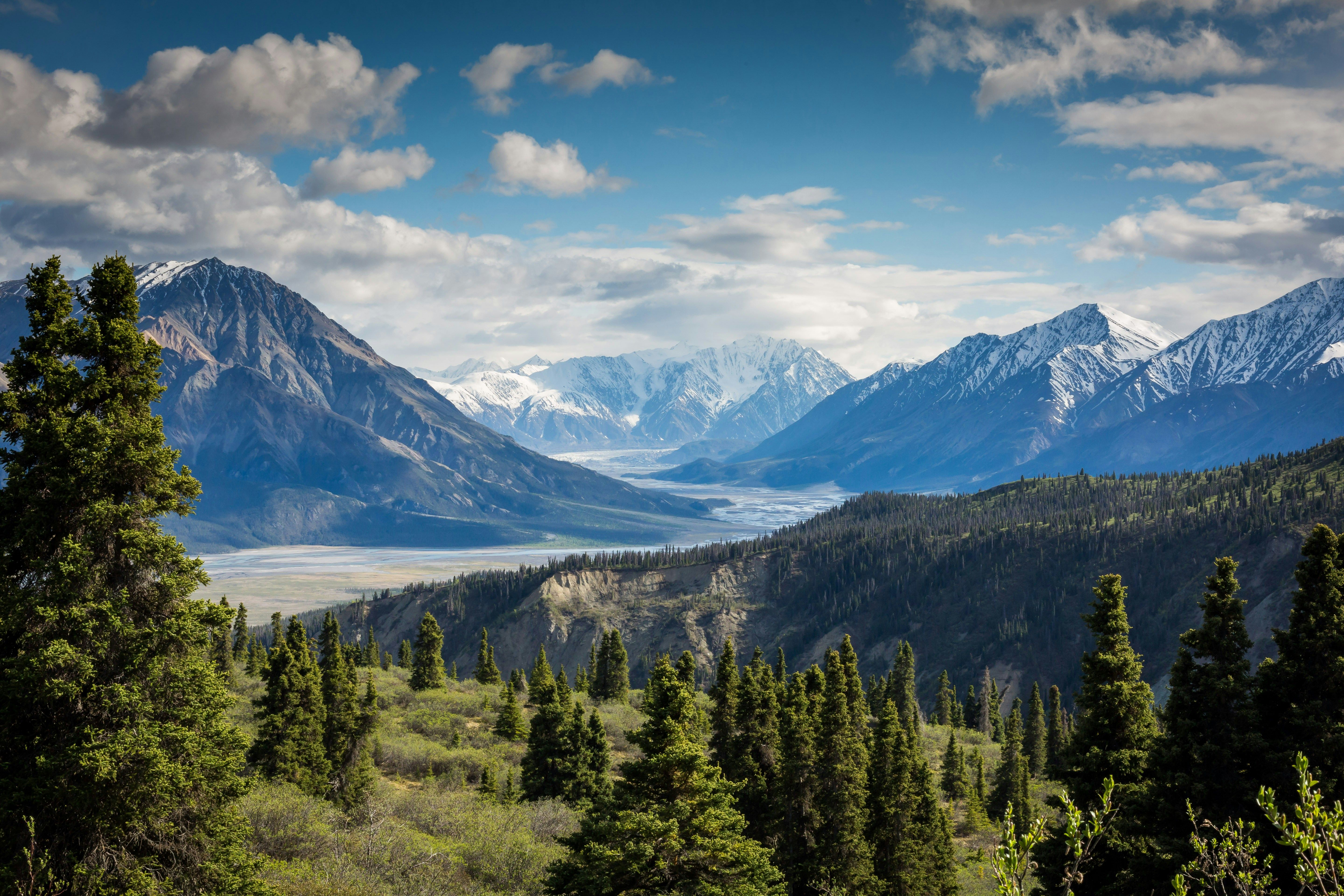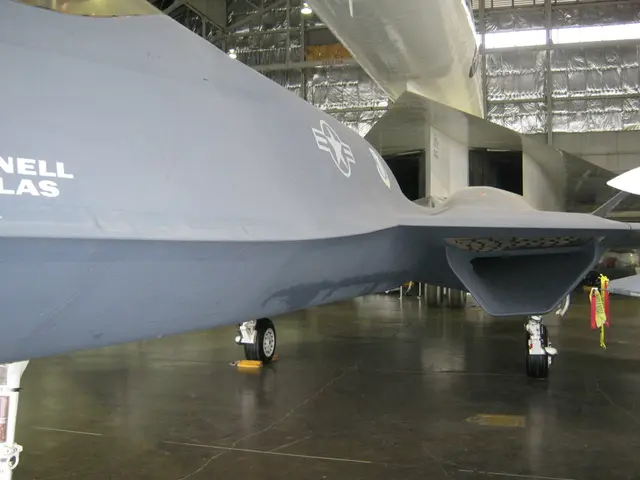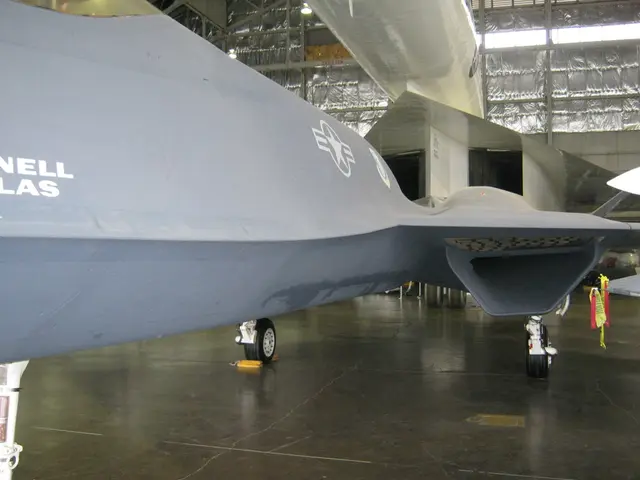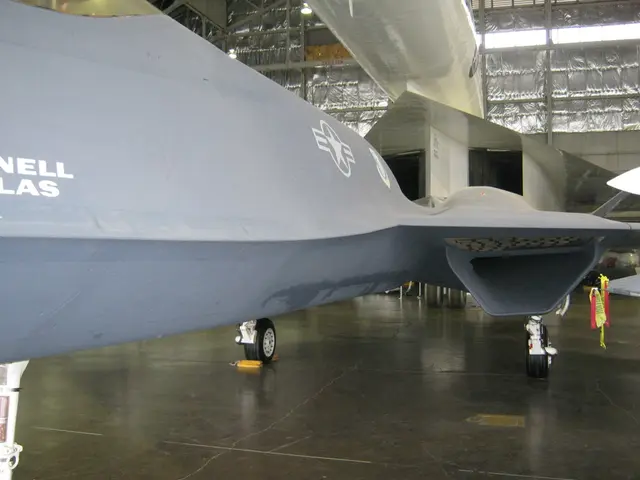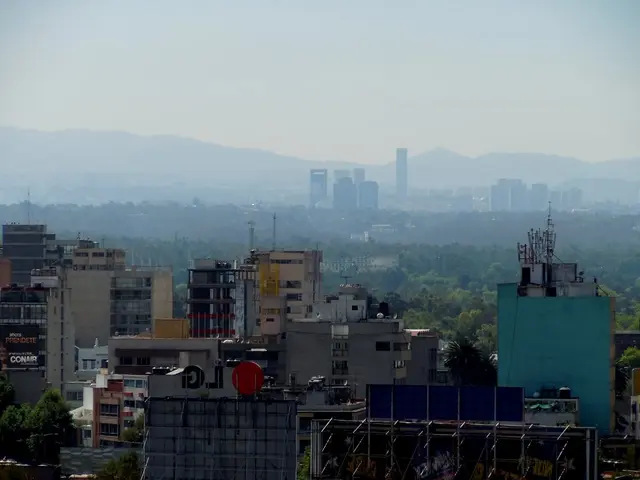Mastering challenging flight conditions: Kazakh aviator trains crews to navigate complex landings
Everything You Need to Know About Mountainous Airports and Captain Nurbol Eshmanov's Safety Revolution
The bustling skies over the United States aren't just filled with planes; they're an arena for Captain Nurbol Eshmanov. Flying in high-altitude airports like Aspen and Eagle, the Kazakh pilot navigates challenging terrains and climates that test even the most seasoned aviators. Here's a glimpse into the world of mountainous airports and how Captain Eshmanov is revolutionizing safety standards for international airlines.
Mountainous regions present a unique set of obstacles for pilots. Terrain, altitude, climate, and thin air all combine to create an environment that demands expertise and flexibility from those who soar above the peaks. Captain Eshmanov is no stranger to these challenges. With years of experience in some of the world's toughest airports, he's honed a system that ensures crews can safely perform flights in mountainous conditions.
His system, developed for high-risk zones, empowers pilots to make the most of modern navigation technologies, enhancing route safety while adapting quickly to the variables that mountainous terrain throws their way. By integrating insights from both academic knowledge and real-world pilot experience, Eshmanov's system makes flying in challenging conditions much safer.
One of the most demanding airports that have benefited from Eshmanov's system is Kathmandu Airport. Even seasoned pilots often dread flying there due to the airport's location on a slope at 1300 meters, surrounded by high mountains. Darkness falls early, summer thunderstorms roar, and fog is common in the fall and winter. But after implementing Eshmanov's system, Jazeera Airways was able to open regular flights to Kathmandu and has trained over 100 pilots to date. The new route became popular, generating approximately $11 million in additional revenue for the company in its first year alone, all while significantly reducing pilot errors.
Captain Eshmanov's journey to the skies began on solid ground. As a senior instructor in the peacekeeping brigade KAZBRIG in Kazakhstan, he trained over 1000 servicemen. Eventually, he joined Air Astana, the largest airline in Kazakhstan, where he became a second pilot of Airbus A320. His impressive performance earned him an invitation to Jazeera Airways in Kuwait, where he became a First Officer before working his way up to Captain ERJ and DMA pilot for American SkyWest Airlines. Today, he shares his knowledge with new generations of professionals, helping airlines expand their capabilities and keeping passengers safe.
As Kazakhstan invests over $2.1 billion in developing their aviation industry, it's clear that the world is taking notice of the talent and ingenuity coming from this Central Asian nation. With Captain Eshmanov leading the charge, it's safe to say that Kazakh pilots will continue to make a significant impact on the global aviation landscape.
Interesting facts:- Captain Eshmanov's high-risk zone pilot training system considers sharp altitude changes, variable weather conditions, the properties of thin air that reduce lift, and other critical parameters that were previously considered separately in pilot training.- The Eshmanov training system has proven effective at challenging airports like Kathmandu Airport, reducing pilot errors by nearly a third.- Captain Eshmanov participated in the development of instructions aimed at increasing flight safety and passenger transportation in high-altitude airports.- Captain Eshmanov's system focuses on high-fidelity terrain simulation, scenario-based training, and procedural standardization to ensure pilots are prepared for the unique demands of mountainous airports.
- Captain Nurbol Eshmanov's high-risk zone pilot training system, designed for mountainous conditions, integrates modern navigation technologies and combines academic knowledge with real-world pilot experience.
- The implementation of Captain Eshmanov's system at Kathmandu Airport, a notoriously challenging high-altitude airport, led to the opening of regular flights by Jazeera Airways and the training of over 100 pilots.
- By focusing on high-fidelity terrain simulation, scenario-based training, and procedural standardization, Captain Eshmanov's system ensures pilots are prepared for the unique demands of mountainous airports.
- The Eshmanov training system has proven effective at reducing pilot errors by nearly a third, as demonstrated at challenging airports like Kathmandu.
- Captain Eshmanov has contributed to the development of instructions aimed at increasing flight safety and passenger transportation in high-altitude airports, making a significant impact on the global aviation industry.
